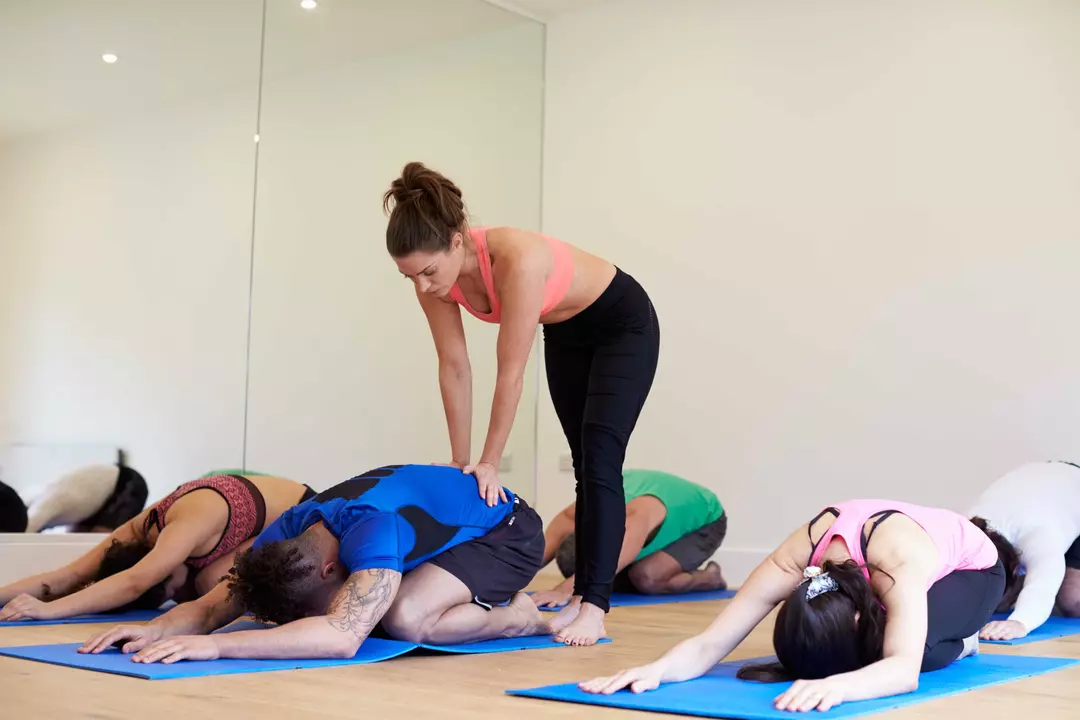Exploring the Benefits of Combining Yoga and Pilates: Can a Yoga Teacher Teach Pilates?
When it comes to fitness and health, combining different activities and disciplines can often produce the best results. This is especially true for combining two of the most popular and effective forms of exercise: yoga and Pilates. But can a yoga teacher teach Pilates? The answer is yes, and it can provide a number of amazing benefits.
Yoga and Pilates have different focuses, but both have their own unique benefits. Yoga focuses on flexibility, strength, and balance, while Pilates focuses on core strength, stamina, and coordination. A yoga teacher can use their knowledge of yoga to teach Pilates and use the techniques to complement each other. This can help students become stronger, more flexible, and more balanced.
The combination of yoga and Pilates can help to reduce stress and promote relaxation. This is because they both focus on the mind-body connection and help to create a sense of calm. Yoga helps to relax the muscles and reduce tension, while Pilates helps to improve posture, balance, and coordination. Together, these activities can help to reduce stress and promote a sense of inner peace.
The combination of yoga and Pilates can also help to improve overall health. By combining two forms of exercise, students can get the most out of their workout. This combination can help to improve cardiovascular endurance and help to build muscle strength. Additionally, it can help to reduce the risk of injury, as the focus is on proper alignment and form.
Yoga and Pilates are both excellent forms of exercise that can help to improve overall health and wellbeing. When combined, they can provide a comprehensive workout that is both effective and enjoyable. A yoga teacher can use their knowledge and experience to teach Pilates, helping their students to reach their fitness and health goals.
Understanding the Differences between Yoga and Pilates: What Does a Yoga Teacher Need to Know to Teach Pilates?
Yoga and Pilates: On the surface, they may seem very similar. Both disciplines emphasize mindfulness, breath, and physical movement. However, the two practices have distinct differences. Yoga is an ancient practice focused on the body, mind, and soul. Pilates, on the other hand, is a modern exercise system developed in the early 20th century.
Yoga: In yoga, practitioners move through a series of postures, or asanas, while focusing on their breath. This practice helps to build strength, flexibility, and balance, while calming the mind. Yoga is a holistic practice that focuses on physical, mental, and spiritual well-being.
Pilates: Pilates is a system of exercise that focuses on strengthening the core muscles, improving posture, and increasing flexibility. This practice emphasizes control, precision, and breath. It is often used to improve sports performance, and to build strength and stability.
Differences between Yoga and Pilates: There are a few key differences between yoga and Pilates. Yoga is a practice that emphasizes mindfulness and spiritual growth, while Pilates is focused on physical strength and conditioning. Yoga is also more focused on body alignment and breath, while Pilates emphasizes precision and control.
What Does a Yoga Teacher Need to Know to Teach Pilates? A yoga teacher interested in teaching Pilates should first get an understanding of the principles of the practice. They should become familiar with the basic Pilates exercises, and understand the differences between the two disciplines. They should also understand the importance of the core muscles, and how to safely and effectively engage them during Pilates exercises. Additionally, a yoga teacher should be aware of the benefits of Pilates and how it can complement a yoga practice.
The Pros and Cons of Taking a Yoga Teacher's Pilates Class: Is it Worth it?
Yoga and Pilates are both popular forms of exercise that focus on flexibility and strength. Some yoga teachers may also offer Pilates classes, but is this a good idea? While there are some pros and cons to taking a yoga teacher's Pilates class, it is ultimately up to the individual to decide whether the class is worth their time and money.
Pros
The main advantage of taking a yoga teacher's Pilates class is that the instructor is already familiar with the postures, so they can offer personalized guidance and modifications. This allows the student to get the most out of the class, while avoiding injury. Additionally, the instructor may be able to provide insight into the yogic philosophy of the practice, which can help the student to deepen their understanding of Pilates.
Cons
On the flip side, there are some potential drawbacks to taking a yoga teacher's Pilates class. Firstly, there is the issue of specialization. While a yoga teacher may have a good understanding of the fundamentals of Pilates, they may not be as knowledgeable as a certified Pilates instructor. Secondly, a yoga teacher may be more likely to incorporate aspects of yoga into the class, which could make it difficult for students to focus on the specific postures and techniques of Pilates.
Conclusion
In conclusion, a yoga teacher's Pilates class can be beneficial for those looking for personalized guidance, but it may not be suitable for those looking to deepen their understanding of the practice. Ultimately, it is up to the individual to decide whether taking a yoga teacher's Pilates class is worth it. By considering the pros and cons, they can make an informed decision that is best for them.
